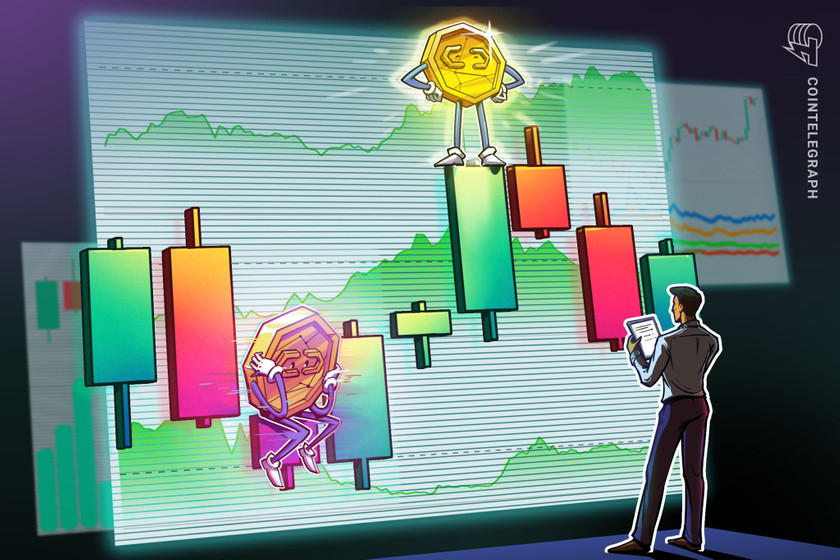THORChain network halted following software bug


The team stated that the next steps were to find the source of the non-determinism, release an update, and restart the state machine, but there have been no updates since.
Cross-chain exchange and proof-of-bond network THORChain was halted earlier today as the result of a bug causing “non-determinism between individual nodes.”
At around 8:00 pm UTC, the THORChain team initially tweeted that developers were aware of a chain outage and were working to find the root cause of the issue.
Roughly four hours later, the team posted a further update noting that “consensus halts in a distributed state machine are from sources of non-determinism between individual nodes and prevent the ledger from becoming corrupted.”
It stated that the next steps were to find the source of the non-determinism, release an update and restart the state machine, and while noting that step one was close, there have been no updates since, suggesting the developers are dealing with a fair bit of a headache.
Consensus halts in a distributed state machine are from sources of non-determinism between individual nodes and prevent the ledger from becoming corrupted.
Next steps:
1) Find source of non-determinism
2) Release update
3) Restart state machine(1) is close https://t.co/sS4EMbYcOQ
— THORChain (@THORChain) October 27, 2022
According to THORChain explorer, the network still appears to be halted at the time of writing. However, token swapping platform THORSwap provided an update of its own, noting that its platform is still operating.
“Update on the current halt of THORChain Swaps/LP. Funds are safe. Ethereum and ERC-20 swaps are fully functioning on ThorSwap via DEX Aggregator. Hang tight, THORChain devs are on the case!” it wrote.
THORChain infrastructure developers Nine Realms were unfazed by the incident, as it suggested that ironing out bugs is just part of the process of improving the THORChain network.
“Each halt is investigated immediately by a security team and core devs—resulting in protocol improvements. As the network matures: halt early, halt often,” it stated.
Cointelegraph has reached out to THORChain for comment and will update the story if a response is received.
Related: Network outages have been Solana’s ‘curse,’ says co-founder
THORChain isn’t the only one to suffer network issues this week, as Meta-owned messaging platform WhatsApp went offline to its 2 billion users for around 2 hours on Oct. 25. Whatsapp attributed the problem to a technical error, but didn’t go into any further detail.
THORChain’s native token RUNE is down 1.4% over the past 24 hours to sit at $1.53 but is still up 6.5% in the past seven days. Zooming out, the asset is down a hefty 92.7% since its all-time high of $20.87 on May 19, 2021, according to CoinGecko.



